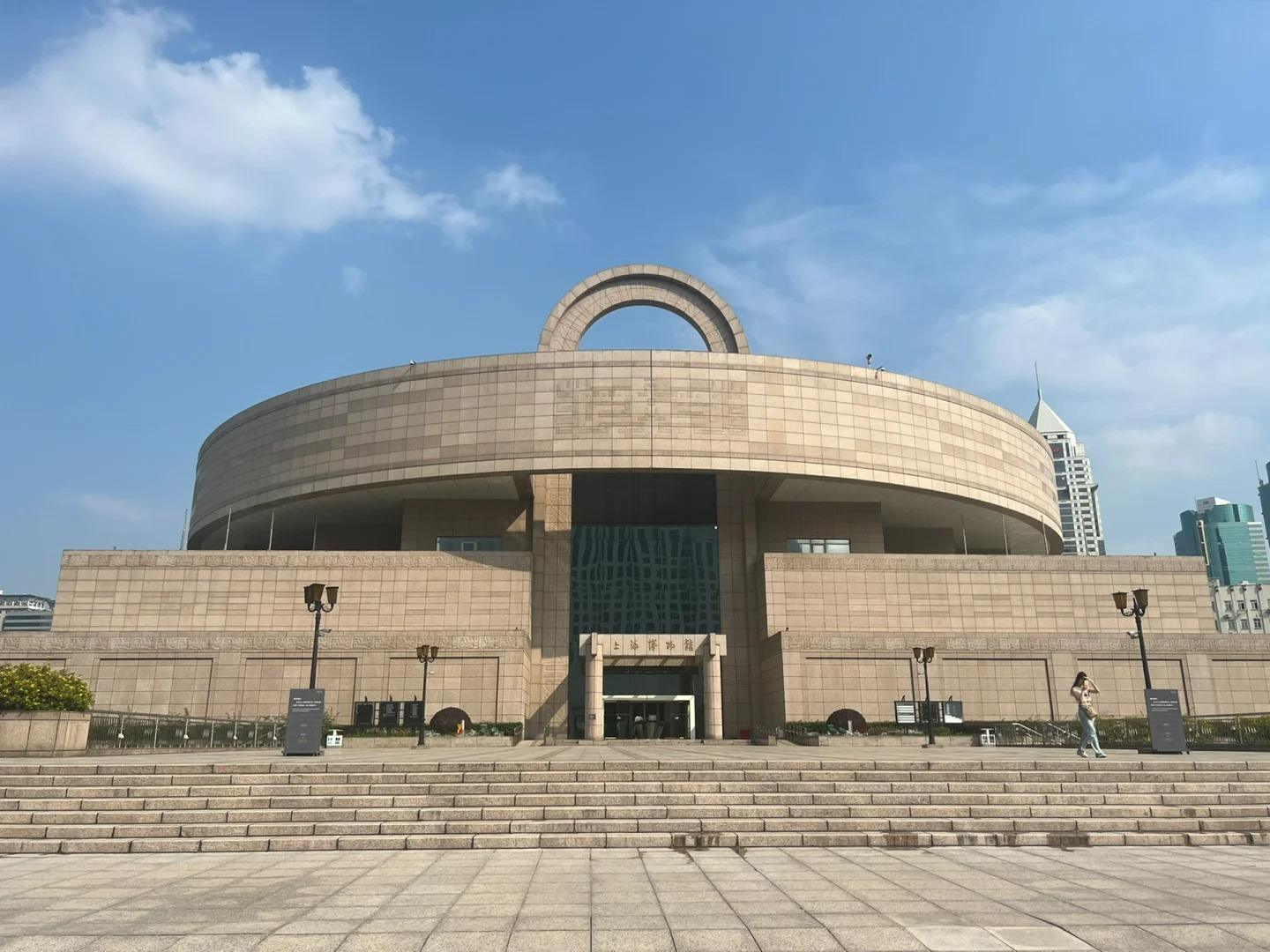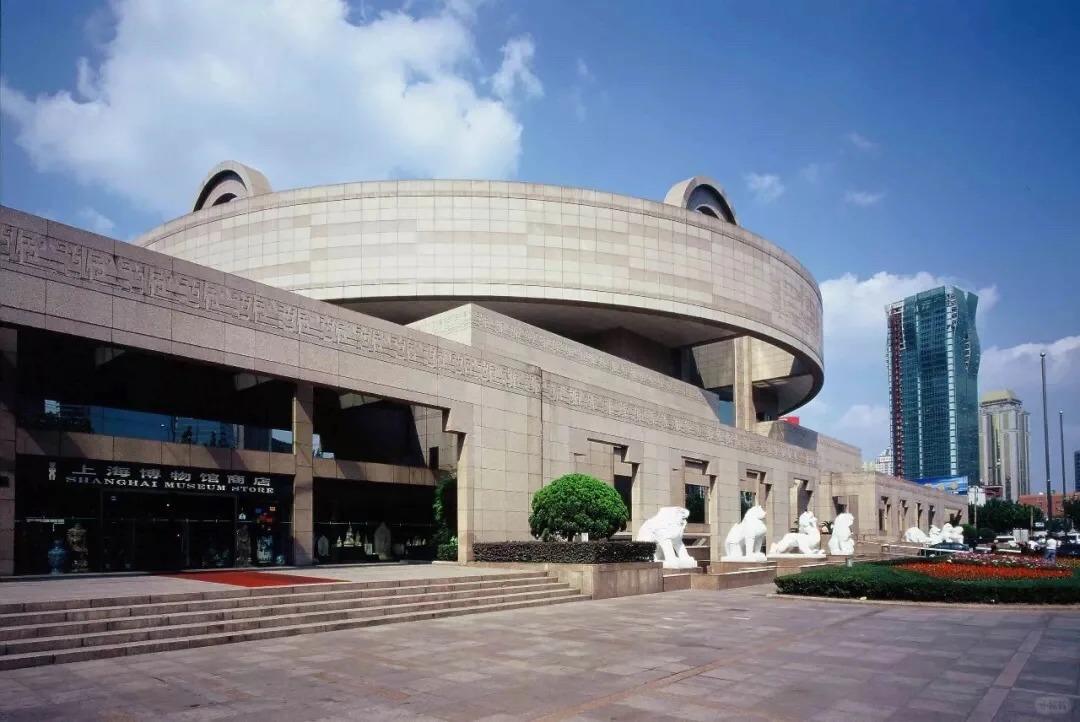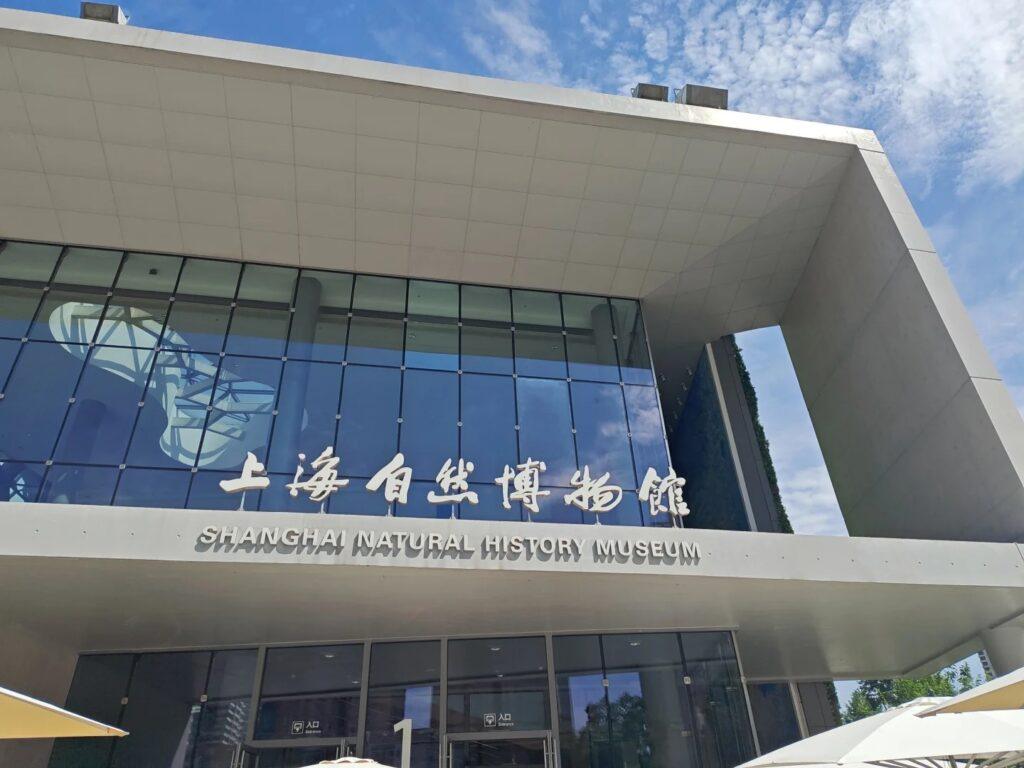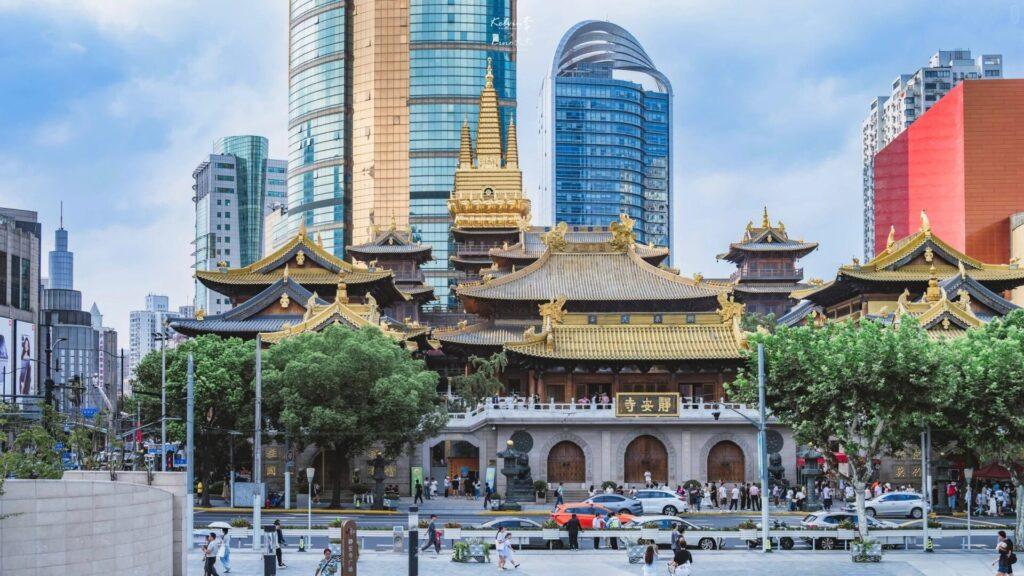Visiting Information
| Information | Details |
|---|---|
| Chinese Name | 上海博物馆 (Shànghǎi Bówùguǎn) |
| Location and Address | 201 Renmin Avenue, Huangpu District, Shanghai, China |
| Opening Time/Hours | Tuesday to Sunday: 9:00 AM – 5:00 PM (last entry at 4:00 PM) Closed on Mondays (except public holidays) |
| Entrance Fee | Free admission (some special exhibitions may require a fee) |
| How to Get There | By Metro: Line 1, 2, or 8 to People’s Square Station, Exit 1 By Bus: Take bus 20, 23, 24, 37, 46, 49, 55, 61, 66, 85, 93, 123, 146, 301, 304, or 330 to People’s Square By Taxi: Tell the driver “Shànghǎi Bówùguǎn” or show the Chinese characters 上海博物馆 |
| Best Time for Visit | Weekday mornings to avoid crowds; spring or autumn for pleasant weather |
| Contact Info | Tel: +86 21 6372 3500 Email: [email protected] |
Overview
The Shanghai Museum is a world-renowned museum of ancient Chinese art, located in the heart of Shanghai. It houses a vast collection of over 140,000 precious relics, showcasing the essence of Chinese art and cultural history. The museum is particularly famous for its collections of bronze, ceramics, painting, and calligraphy.
Historical Background
Founded in 1952, the Shanghai Museum was initially located in the former Shanghai Race Club building. In 1996, it moved to its current location in People’s Square. The museum’s establishment and development reflect China’s efforts to preserve and promote its rich cultural heritage in the modern era.
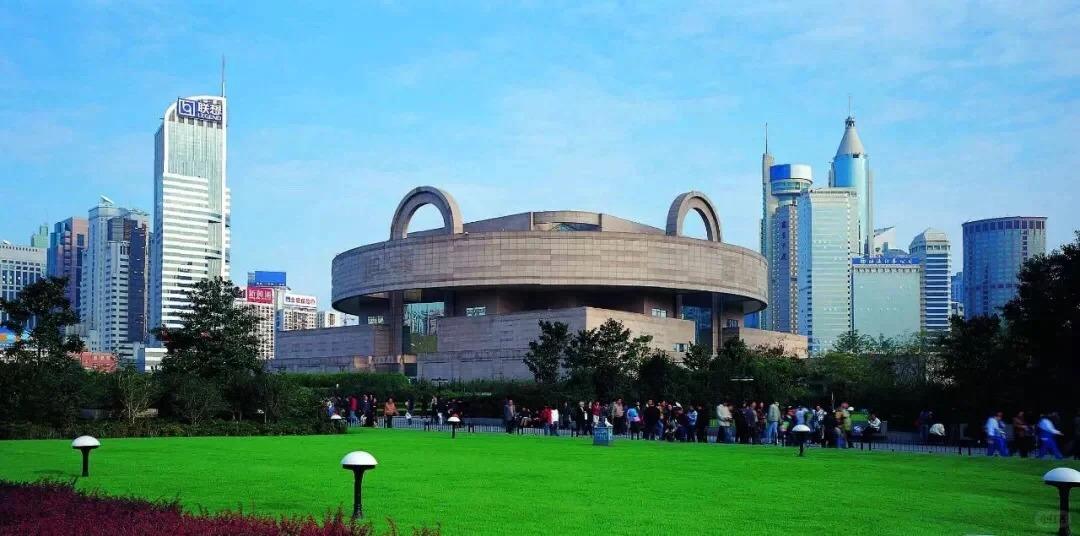
Architectural Features
- Exterior Design: The museum building is designed in the shape of an ancient bronze cooking vessel called a “ding.” This unique architectural concept symbolizes the museum’s role in preserving Chinese culture and history.
- Interior Layout: The museum consists of five floors above ground and two underground levels. The galleries are arranged by art form rather than chronologically, allowing visitors to appreciate the evolution of Chinese art in specific mediums.
- Exhibition Halls: There are eleven galleries and three special temporary exhibition halls. Each gallery is dedicated to a specific type of art, such as ancient bronze, ceramics, paintings, calligraphy, jade, coins, furniture, and minority nationalities’ art.
Cultural Importance
The Shanghai Museum plays a crucial role in preserving and showcasing Chinese cultural heritage. It serves as a window into China’s rich artistic traditions, offering both domestic and international visitors a comprehensive view of Chinese art history. The museum’s extensive collection and research activities contribute significantly to the study and appreciation of Chinese culture worldwide.
Surrounding Attractions
- People’s Square: The museum is located in People’s Square, a large public space and park in the heart of Shanghai. The square itself is a popular gathering place and offers a glimpse into modern urban life in Shanghai.
- Shanghai Grand Theatre: Just across from the museum, this modern performing arts center hosts a variety of cultural performances, including opera, ballet, and concerts.
- Nanjing Road Pedestrian Street: A short walk from the museum, this famous shopping street offers a vibrant atmosphere with numerous shops, restaurants, and street performances.
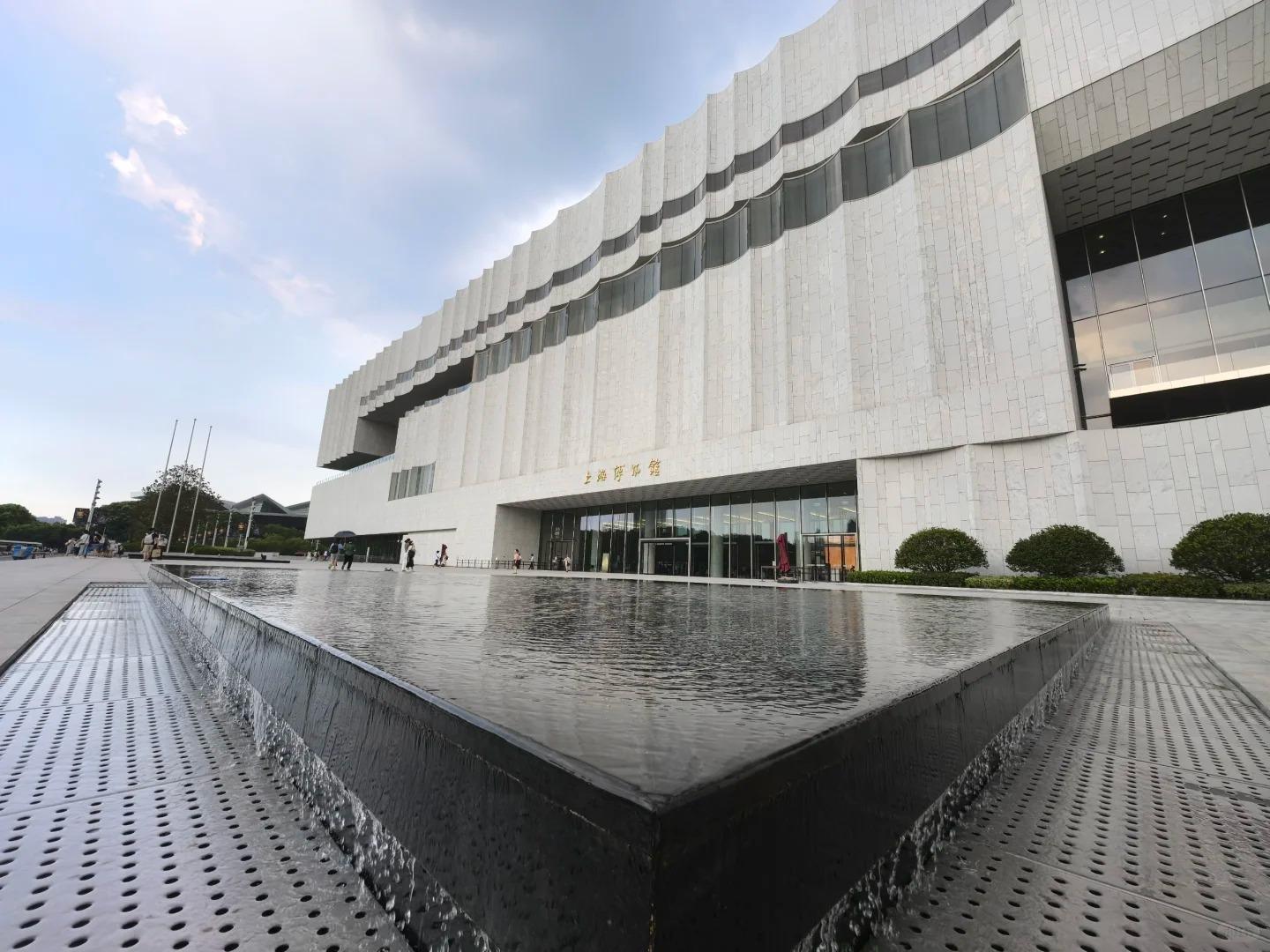
Photography Opportunities
- Exterior Shots: The unique architectural design of the museum building provides excellent opportunities for exterior photography, especially when capturing the contrast between the ancient-inspired structure and the modern cityscape around it.
- Gallery Exhibits: While photography is restricted in some areas to protect the artifacts, many galleries allow non-flash photography. The beautifully displayed artworks, particularly the bronze and ceramic pieces, offer stunning close-up photo opportunities.
- People’s Square Views: The area around the museum, including People’s Square, provides scenic views that combine natural elements with urban architecture, offering diverse photography subjects.
Modern Importance
- Educational Resource: The Shanghai Museum serves as a vital educational resource, offering insights into Chinese history, art, and culture. It provides programs for students, researchers, and the general public, contributing to cultural education and awareness.
- Cultural Diplomacy: As one of China’s premier museums, it plays a significant role in cultural diplomacy. The museum regularly participates in international exhibitions and exchanges, promoting Chinese culture globally and fostering cross-cultural understanding.
- Preservation of Heritage: The museum is at the forefront of preserving and studying Chinese artifacts. Its research and conservation efforts contribute significantly to the field of Chinese archaeology and art history.
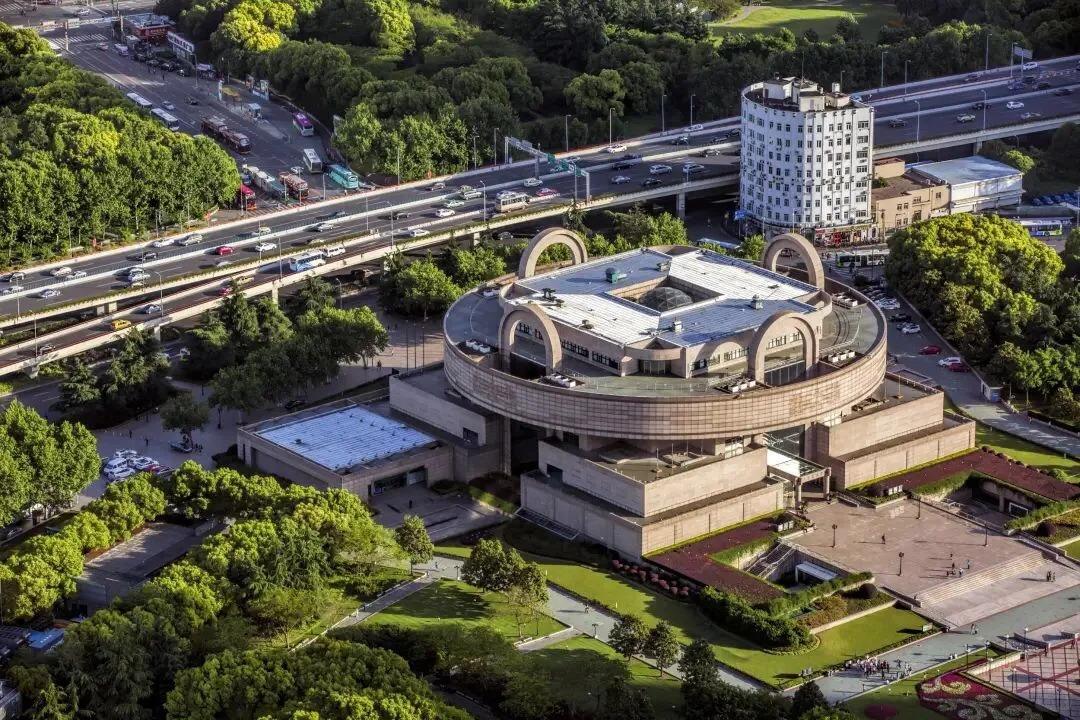
FAQ
- What is the Shanghai Museum famous for?
The Shanghai Museum is famous for its extensive collection of ancient Chinese art, particularly its bronze, ceramics, painting, and calligraphy collections. It’s also known for its unique architecture resembling an ancient Chinese bronze vessel. - What’s inside the Shanghai Museum?
Inside the Shanghai Museum, you’ll find eleven galleries showcasing different aspects of Chinese art, including ancient bronze, ceramics, paintings, calligraphy, jade, coins, furniture, and minority nationalities’ art. There are also temporary exhibition halls for special displays. - Is the Shanghai Museum free?
Yes, the Shanghai Museum offers free admission to its permanent collections. However, some special exhibitions may require a separate fee. - Is the Shanghai Museum worth visiting?
Absolutely. The Shanghai Museum is considered one of the best museums in China and is highly recommended for anyone interested in Chinese art, history, or culture. Its world-class collection and well-organized exhibits make it a must-visit attraction in Shanghai. - What to do in the Shanghai Museum?
In the Shanghai Museum, you can explore the various galleries, admire ancient Chinese artworks, learn about Chinese history and culture, join guided tours, use audio guides for more detailed information, and visit the museum shop for souvenirs. - How do I get to the Shanghai Museum in the local city?
In Shanghai, you can reach the Shanghai Museum easily by metro. Take Line 1, 2, or 8 to People’s Square Station and use Exit 1. It’s also accessible by numerous bus lines that stop at People’s Square, or by taxi. - How to visit the Shanghai Museum?
To visit the Shanghai Museum, plan to arrive early to avoid crowds. Entrance is free, but you may need to queue for tickets. Allow at least 2-3 hours for your visit. Consider renting an audio guide or joining a guided tour for a more informative experience. Remember to check the museum’s website for any special exhibitions or events happening during your visit.


